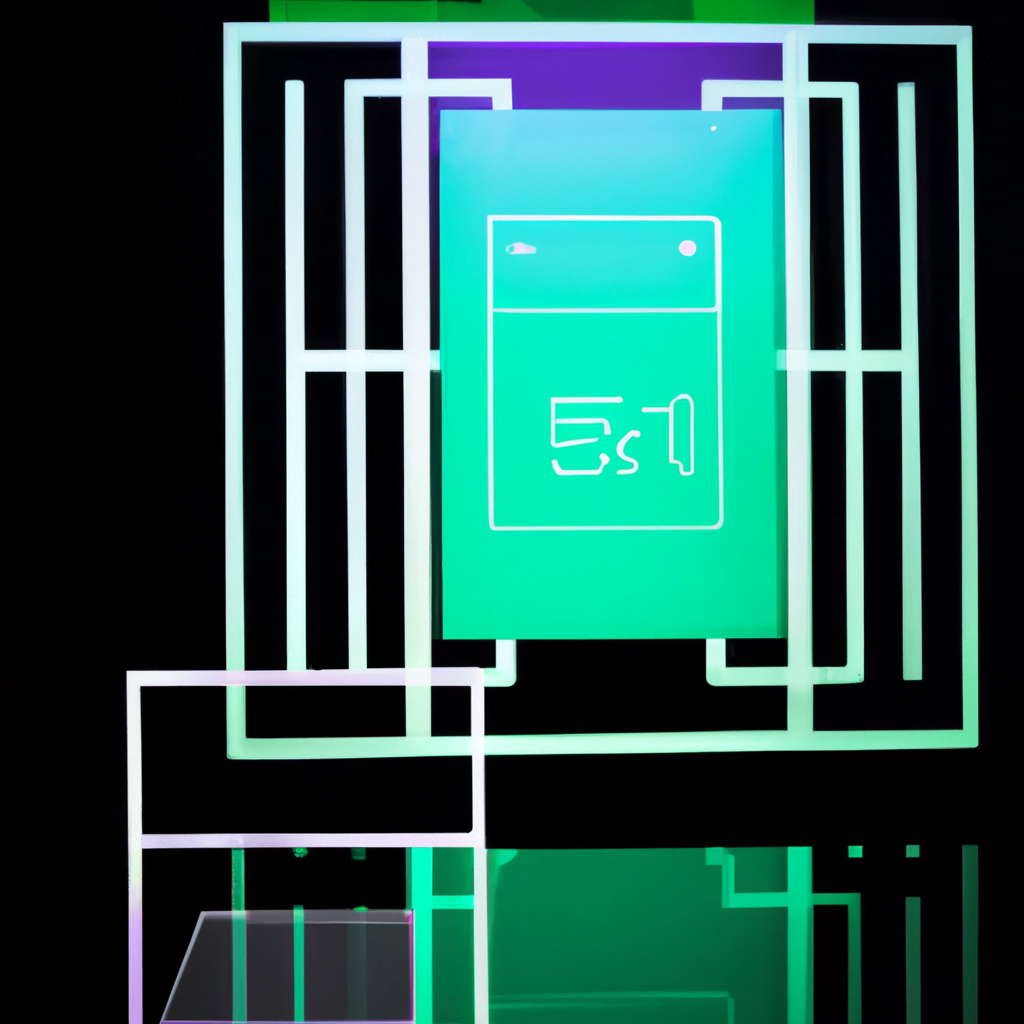-
Table of Contents
Exploring Futuristic Design Concepts
Introduction
Design is an ever-evolving field that is constantly pushing the boundaries of what is possible. Futuristic design concepts are no exception, as they seek to explore new and innovative ways of creating products, spaces, and experiences that are both functional and aesthetically pleasing. In this article, we will explore some of the most exciting futuristic design concepts that are currently being developed and how they are shaping the future of design.
Smart Homes
Smart homes are one of the most exciting futuristic design concepts that are currently being developed. These homes are designed to be fully automated, with everything from lighting to temperature control being controlled by a central system. This not only makes life more convenient for homeowners but also helps to reduce energy consumption and lower utility bills.
One example of a smart home is the Nest Learning Thermostat. This thermostat learns the homeowner’s preferences and adjusts the temperature accordingly, saving energy and money in the process. Another example is the Philips Hue lighting system, which allows homeowners to control the color and intensity of their lights using their smartphone.
- Smart homes are fully automated
- Reduce energy consumption and lower utility bills
- Nest Learning Thermostat and Philips Hue lighting system are examples of smart home technology
3D Printing
3D printing is another futuristic design concept that is rapidly gaining popularity. This technology allows designers to create physical objects from digital designs, making it possible to create complex shapes and structures that would be impossible to create using traditional manufacturing methods.
One example of 3D printing in action is the creation of prosthetic limbs. By using 3D printing technology, prosthetic limbs can be custom-designed to fit the individual’s unique needs and specifications. This not only makes the prosthetic more comfortable and functional but also reduces the cost of production.
- 3D printing allows for the creation of complex shapes and structures
- Prosthetic limbs can be custom-designed using 3D printing technology
- Reduces the cost of production
Virtual Reality
Virtual reality is a futuristic design concept that is already being used in a variety of industries, from gaming to healthcare. This technology allows users to immerse themselves in a virtual world, creating a more engaging and interactive experience.
One example of virtual reality in action is the use of VR headsets in healthcare. By using VR technology, doctors can simulate medical procedures and surgeries, allowing them to practice and refine their skills without putting patients at risk. This not only improves patient outcomes but also reduces the cost of medical training.
- Virtual reality allows users to immerse themselves in a virtual world
- VR headsets are being used in healthcare to simulate medical procedures and surgeries
- Improves patient outcomes and reduces the cost of medical training
Conclusion
Futuristic design concepts are shaping the future of design in exciting and innovative ways. From smart homes to 3D printing to virtual reality, these concepts are pushing the boundaries of what is possible and creating new opportunities for designers and consumers alike. As technology continues to evolve, we can expect to see even more exciting and groundbreaking design concepts emerge in the years to come.
